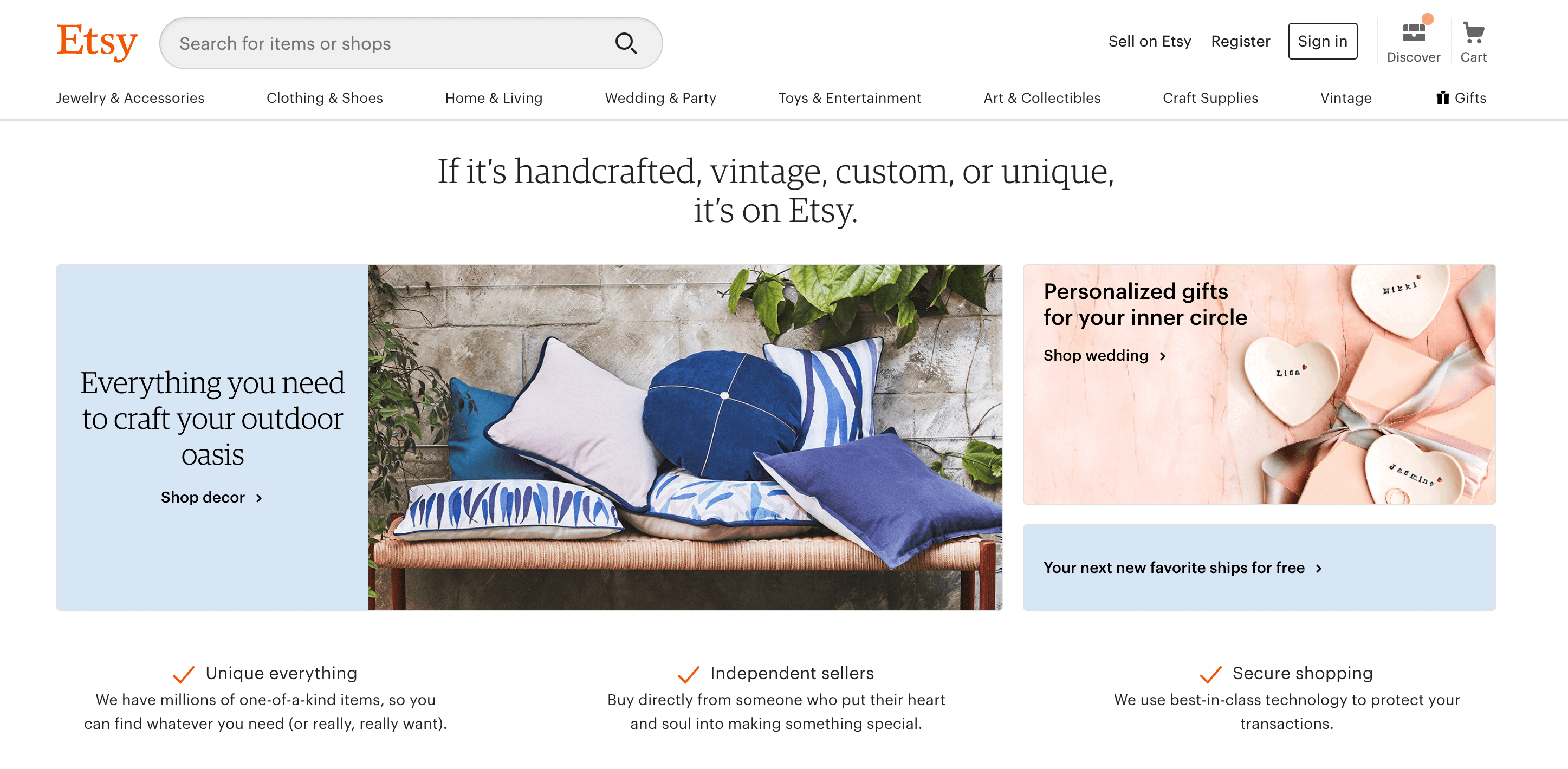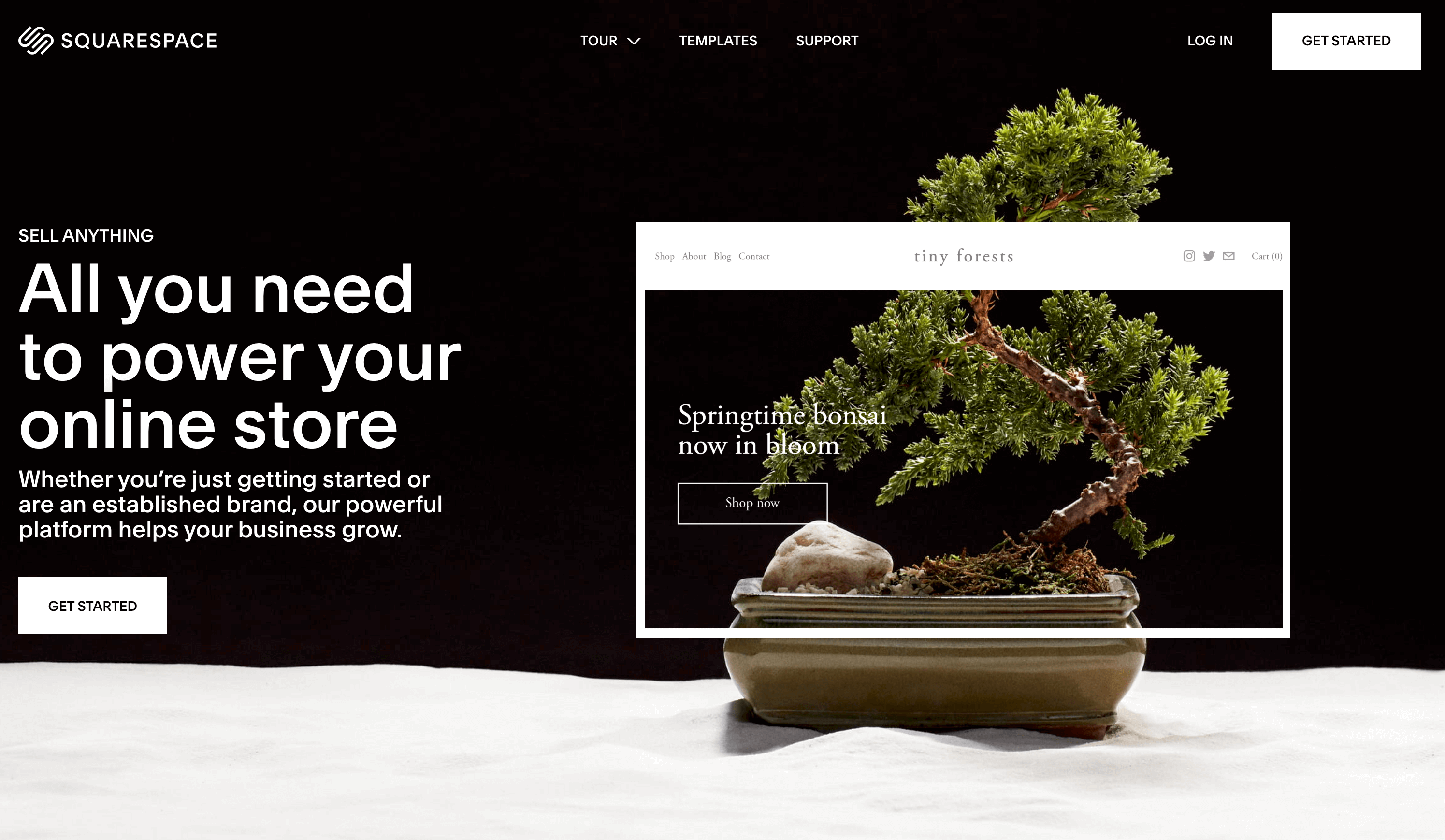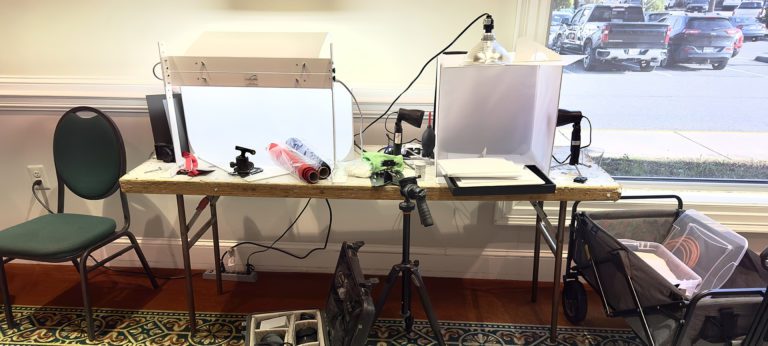Showdown Between 4 Major Online Platforms
If you have been thinking about selling your pens online, you’ve probably noticed there are many solutions available to you. This article will provide you with the information you need to make an informed decision about which of the 4 major online platforms is the right one for you to sell your pens.
In this post, I’ll go over some factors you need to consider, such as:
- Setup
- Design
- Costs
- Shipping
Let’s get ready to rumble!
In this corner…

Etsy/Pattern by Etsy
Etsy is different from the other e-commerce gladiators that we look at in this article because it’s actually a marketplace versus just being an online store. On Etsy, you can sell handmade goods, vintage products, craft supplies, and much more directly to buyers from all over the world. When you create a storefront in Etsy you are selling through the platform alongside other sellers.
If you like the Etsy ecosystem but want something that is separate from the rest of the marketplace, they offer an option called Pattern by Etsy. Pattern by Etsy creates a separate storefront using one of their readymade templates.
– Setup: Extremely fast and easy setup even for newbies
– Design: Global design applied to all stores
– Costs: $.20 per item listing; 5% transaction fee; 3% + $0.25 payment processing fee. Pattern by Etsy starts at an additional $15 per month
– Shipping: Built-in shipping suite provides discounted shipping rates from USPS and FedEx

Bottom Line: Etsy is a great platform if you don’t mind your products being mingled in with everyone else. Some folks see this as a drawback because it’s so easy for customers to find huge price variances in the marketplace. If you don’t mind that type of competition and just want to get started quickly to see how online sales work, this is a great option! Etsy also offers a whole host of really advanced marketing tools and is partnered with a number of other helpful services. Of course that all adds up but I’d encourage you to give some of that a try after you’ve gotten your feet wet with the basics of Etsy.
In this corner…

WooCommerce / WordPress
WooCommerce is an open-source, completely customizable eCommerce platform for entrepreneurs worldwide. Go beyond the confines of traditional eCommerce solutions, and be limited only by your own imagination.
WooCommerce requires the use of WordPress and self-hosting. This means that you have access to the code, giving you the ability for great customization potential. It also means that you’re responsible for your online store’s technical aspects.
If you’re someone who’s tech-savvy, then this could be an ideal solution for you. However, if you don’t want to have to worry about any of the technical aspects concerning the running of your online store, you will be better off opting for a platform like Shopify over WooCommerce.
– Setup: Setup requires some technical know-how of WordPress, online hosting and WooCommerce
– Design: Definitely the most customizable option in this showdown
– Costs: WooCommerce and WordPress are actually free and open source but the fees can mount quickly as you progress
– Shipping: Extremely flexible shipping options

Bottom Line: For anyone that requires a very custom sales platform combined with a powerful content management system, this is the ideal option for your needs. As of writing this, WordPress powers 34% of the internet so it has an enormous ecosystem of resources and services available, such as myself – shameless plug for Cress Consulting that makes and manages this blog – and if you currently have a website that is already built with WordPress, then you’re in a good position to give WooCommerce a shot.
In this corner…

Shopify
Shopify offers an all-in-one e-commerce service that has everything you need for selling online – all ready to go! If you’re someone who wants a full-blown online store but doesn’t want to have to worry about the technical side of running your online store, Shopify is perfect for you.
– Setup: Easy setup with many free tutorials available to assist you if needed
– Design: Uses templates but custom store designs are possible
– Costs: Plans start from $29/month + 2.9% and $.30 per transaction
– Shipping: Built-in shipping suite gives you access to USPS, UPS, DHL calculated rates

Bottom Line: Shopify is an intuitive platform that is great for sellers who are starting out. Just like all the other popular sales platforms mentioned in this article, you can test-drive Shopify prior to handing over your hard-earned money. This will give you a chance to check out all the amazing features of this platform has before making your decision as to whether it’s the right one for your needs.
In this corner…

Squarespace
In their own words
Squarespace is the all-in-one platform
to build a beautiful online presence.
Squarespace is a website builder that offers the e-commerce features required to sell online. The e-commerce tools are a bit less advanced than those on Shopify, and the customization is a bit less advanced than WordPress but the Squarespace platform is still extremely effective – particularly for those who are setting up an online store for the first time. Squarespace is more affordable than Shopify when starting out.
– Setup: Extremely easy to set up, even for novices
– Design: Definitely the leader in e-commerce store design
– Costs: $18 per month + 3% transaction fees
– Shipping: Allows you to configure multiple shipping methods using USPS, UPS, and FedEx

Bottom Line: This software is rated as being one of the leaders with regards to design. If you want to sell just a few products online, you’ll be able to get some truly lovely templates on Squarespace. In addition to being well-suited to smaller stores, it boasts some awesome blogging features. This is an ideal option for anyone who wants a well-designed store with a few more website features, such as a blog, without having to manage something like WordPress.
And the winner is…
 It depends. Don’t you hate it when the answer is “depends?” Ugh!
It depends. Don’t you hate it when the answer is “depends?” Ugh!Really though, the answer to that question lies in your specific needs.
There isn’t one platform that is necessarily better than all others, but they do offer markedly different features to suit different online sellers.
For example, before choosing the right e-commerce platform for your needs, you need to consider things like:
- Your Budget
- Your Technical Skill (or lack thereof)
- Your Business Plans
- Services Available
- Support Offered
By taking the time to consider the features that are important to your business, you’re more likely to choose the right e-commerce platform for your needs.
What do you use?
I have years of experience creating custom web sites and using content management systems, my favorite being WordPress, but I wasn’t up to the task of managing my own WooCommerce/WordPress option so I chose Etsy. Check it out here. I’ve been using Etsy since 2017 and it’s perfect for me. I don’t make a whole lot of pens and the sales aren’t that big a deal to me so I like the ease of Etsy. I did give Pattern by Etsy a shot back when I wanted to make a more boutique experience but I really didn’t think the templates were that well designed so I canceled it and just stuck with the standard Etsy.
My favorite thing about Etsy is when a sale is made and the mobile app makes a “cha-ching” cash register noise. It’s pure joy!
If I had one gripe about Etsy, it’s the point-of-sale tie in with the Square card reader. You can use a phone or tablet to sync your store listings but it sucks. It’s cumbersome. It’s a totally different layout than the store and the numbers of sales don’t reflect back in the Etsy store.
This might sound strange but I am personally interested in giving Shopify a shot just to see how it works and learn it better. A lot of my pen maker friends and even some of the suppliers use Shopify to sell thousands of products and while I think the templates could use some design help, the stores are obviously working very well and they are experiencing a lot of success. Who knows, maybe I’ll give it a shot in 2020.
Can’t wait to get started?
I provided the links below to the platforms mentioned in this article:









If you’re completely new to selling or doing this as just a hobby, I would start out with Etsy since the start up costs are much cheaper. You’ll get a good idea of managing a store, taking product photography, writing up good descriptions, and figuring out how to promote/market to establish your brand. As your business grows, you can always move to a different platform that offers more features and customization.
I totally agree! I started with 10 pens so I spent $2 to start selling online.